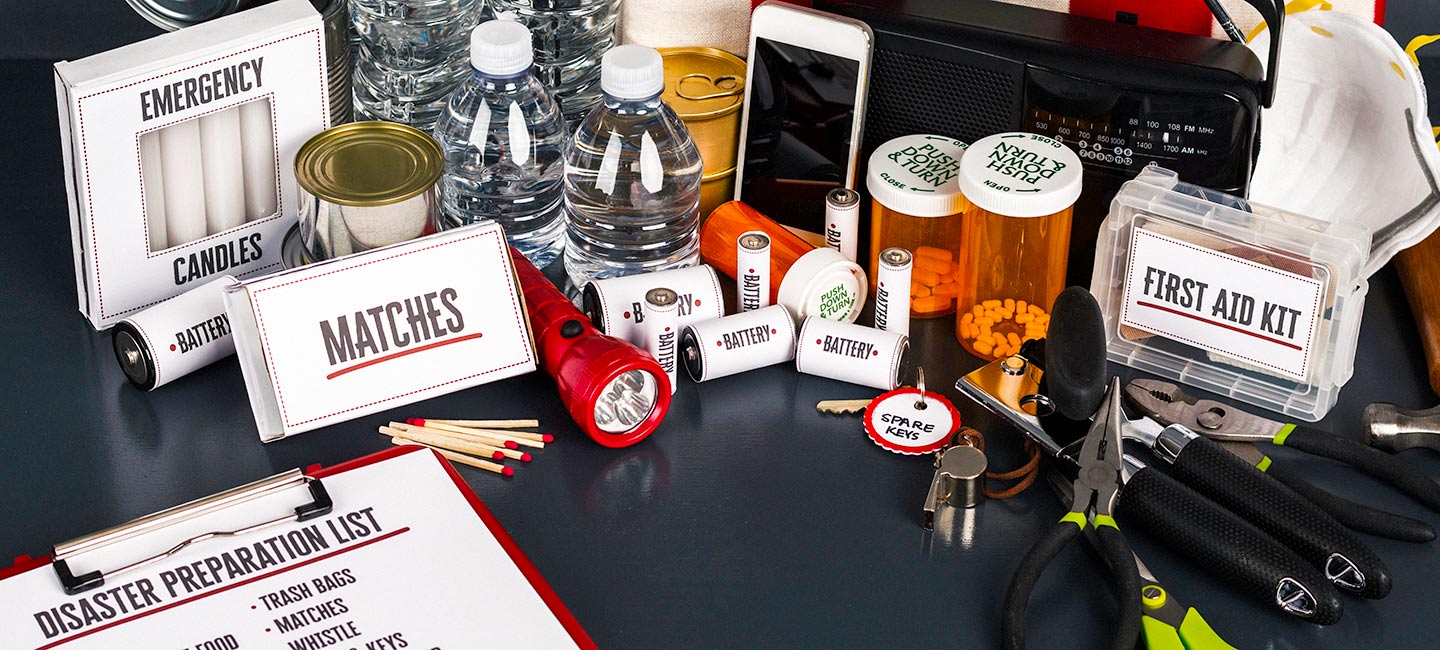How to Prep for a Storm
It’s important to have a hurricane plan in place long before there is red on the radar. Hurricane season runs June 1 – Nov. 30, with the most active season for storms being mid-August through mid-October.
Moffitt Cancer Center’s level of care will not change during a storm. If a hurricane threatens Tampa Bay, patients can stay up-to-date on possible cancer center closings by logging onto the Patient Portal or calling the Patient Hotline at 813-745-3500. If Moffitt has to cancel your appointment due to a hurricane, a representative will contact you.
Before a storm, it’s crucial to write down information about your treatment in case you have to evacuate. Key items include:
- Type of cancer and stage of cancer
- Type of treatment like chemotherapy, radiation, or surgery
- Date of your last treatment and the cycle you are on
- Name of your doctor and treatment center
- Any medicine you’re taking (cancer medicines and other medicines, including over-the-counter drugs). If you don’t know names, describe it by color; size; shape; shot, pill; how often you take it; or bring the pills with you in a bag
- Other illnesses or health problems
The American Society of Clinical Oncology (ASCO) and the National Cancer Institute (NCI) developed a wallet card for cancer patients in case of a natural disaster. The card is free and can be downloaded here. Patients can also call 1-800-4-CANCER (1-800-422-6237) to request a card. ASCO and the NCI recommend writing your information on the card and then laminating it to protect it from possible water damage. It’s also important to have your insurance card with you at all times.
Information about your physicians and treatment is available on the Moffitt Patient Portal, but it’s good to have a hard copy of the information just in case your cell phone or laptop battery dies and/or the internet and cell phone signals are down.
ASCO recommends creating a waterproof supply kit before a storm. It should include items like your medications, wound care dressings, antiseptic spray, and other items you need for routine care. Put the contents in a re-sealable, waterproof plastic bag to keep them dry. If you have any liquids in your collection, such as rubbing alcohol or liquid medications, use a separate bag for those.
When creating a first aid kit in advance of a storm, be sure to keep low platelet and white blood cell counts in mind. You’ll want to stock the kit with dressings and antiseptics for cleaning wounds and medications for nausea, diarrhea, constipation, and fever.




